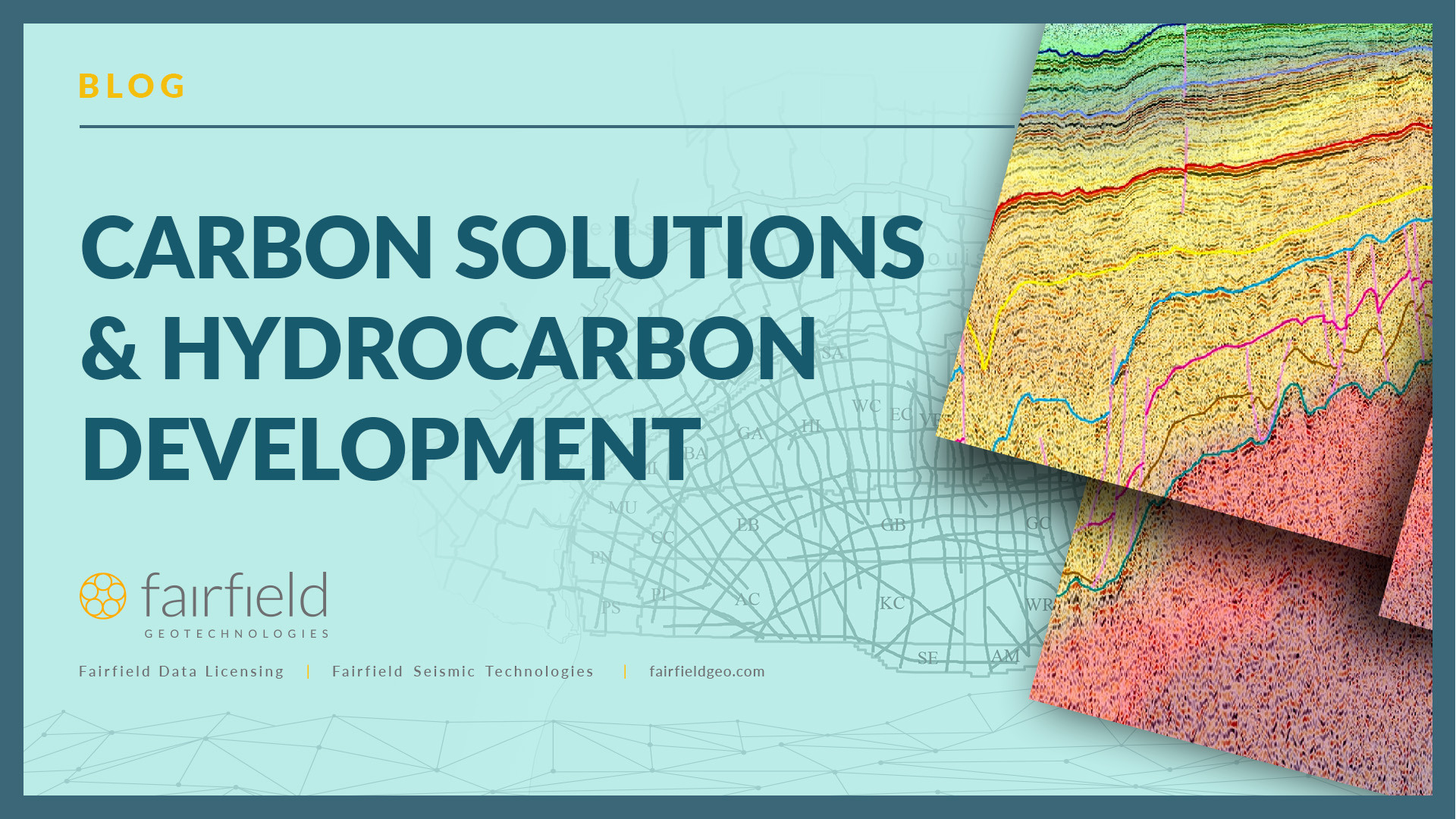Basin-Scale Analytics: Fairfield Geotechnologies’ GulfSPAN Data for Energy Exploration in the Gulf of Mexico

Fairfield Geotechnologies’ Gulf of Mexico Shelf assets include over 2,700 contiguous offshore blocks of data off the coast of Louisiana, Texas, and Mississippi in state and federal waters. Totaling more than 32,000 square miles of 3D and complemented with over 19,000 linear miles of continental-scale 2D reverse time migration (RTM), these assets help you confidently interpret complex structures, reservoirs, and salt bodies. They also enable comprehensive geological evaluations for CO2 storage potential with structural integrity.
Oil and gas exploration has enabled a portfolio approach to CCS site evaluation by highlighting the value of basin-scale analysis. Backed by the most reliable 3D seismic in the Gulf of Mexico Shelf, GulfSPAN creates a basis for a portfolio approach by including the SPAN with the underlying 3D assets. With boundaries defined by geology rather than geopolitics or datasets, the focus can stay on the best opportunities with optimal cost benefits across the CCS Opportunity Region and saline aquifer fairways identified by the U.S. Energy Information Administration and the Bureau of Ocean Energy Management.
Addressing Geological Challenges With SPAN Data
This basin analysis provides an unprecedented framework of PreStack Depth Migration (PSDM) and PreStack Time Migration (PSTM) data for studying regional geology and tying 3D and 2D datasets. Therefore, they can advance solutions to geological problems hindering the exploitation of established plays and the development of new plays, which should trigger new ideas to drive future exploration and discoveries. Additionally, with uniform acquisition and processing, the data provides a valuable calibration dataset both for the application of future technologies and for AVO, phase rotation, and amplitude balancing of existing datasets.
Using reverse time migration and superior processing technologies, the seismic data from the GulfSPAN project gathers data from nearshore and onshore areas, providing an understanding of the basin’s structure and stratigraphy and potentially offering greater value to explorations aiming for a comprehensive basin wide view.
SPAN is meant to fulfill the industry’s need for new regional datasets that overcome the limitations of legacy seismic, provide a basis for future exploration, and enable CCS and geologic storage. Hence, the programs are designed to provide deep imaging of source rocks, crustal structures, and older sediments and structuring. The lines are placed to optimize imaging, cross-play fairways, and prospects, and tie key wells, fields, and discoveries.
The Potential Applications of GulfSPAN Data in the Deepwater Gulf of Mexico
The purpose of GulfSPAN was to improve our understanding of regional geology and the deeper, unexplored areas of the Gulf Coast with onshore and offshore seismic data acquisition. Each survey line was meticulously positioned to allow ties to critical developments, traverse key depositions and structural provinces, and image deep structure stratigraphy.
This regional onshore addition crosses five U.S. states with a consistent, depth-imaged dataset to tie onshore fields to offshore regions, map critical shelf edges, and show the onshore basins’ structural setting. Deep imaging reveals criteria that can improve crustal structure models and reveal the nature of the barrier between continental and oceanic crust as a crustal boundary detachment feature.
By defining salt and models of strata beneath the salt and above the crust, the GulfSPAN data provides geologic guidance on velocity model building and direction on integrating 2D and 3D datasets for enhanced understanding.
Our repurposed basin analysis - and continental-scale, regional seismic highlights a range of prospective storage plays with the potential for injecting in synclines with thicker, less complicated sands displaying new running room, even in a densely drilled region like the northern Gulf of Mexico Shelf. Additionally, with the uplift from RTM methodologies, geoscientists now have a much better view of historically poorly imaged areas for hydrocarbon and energy exploration and the extraction of Gulf of Mexico Shelf oil and gas.